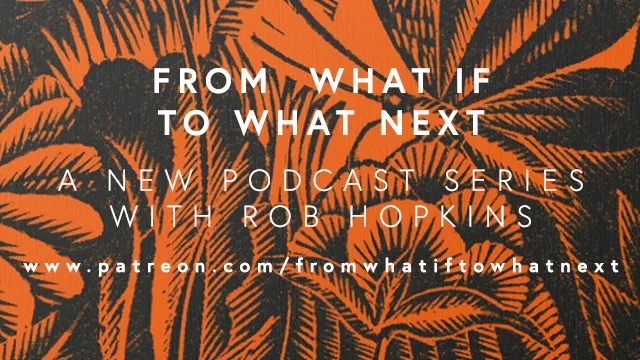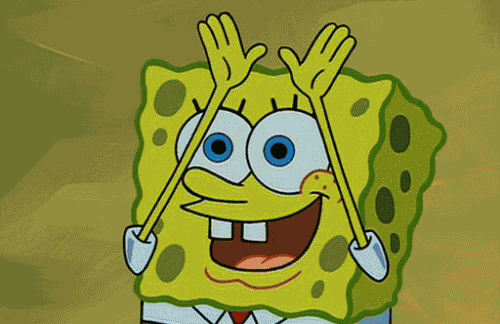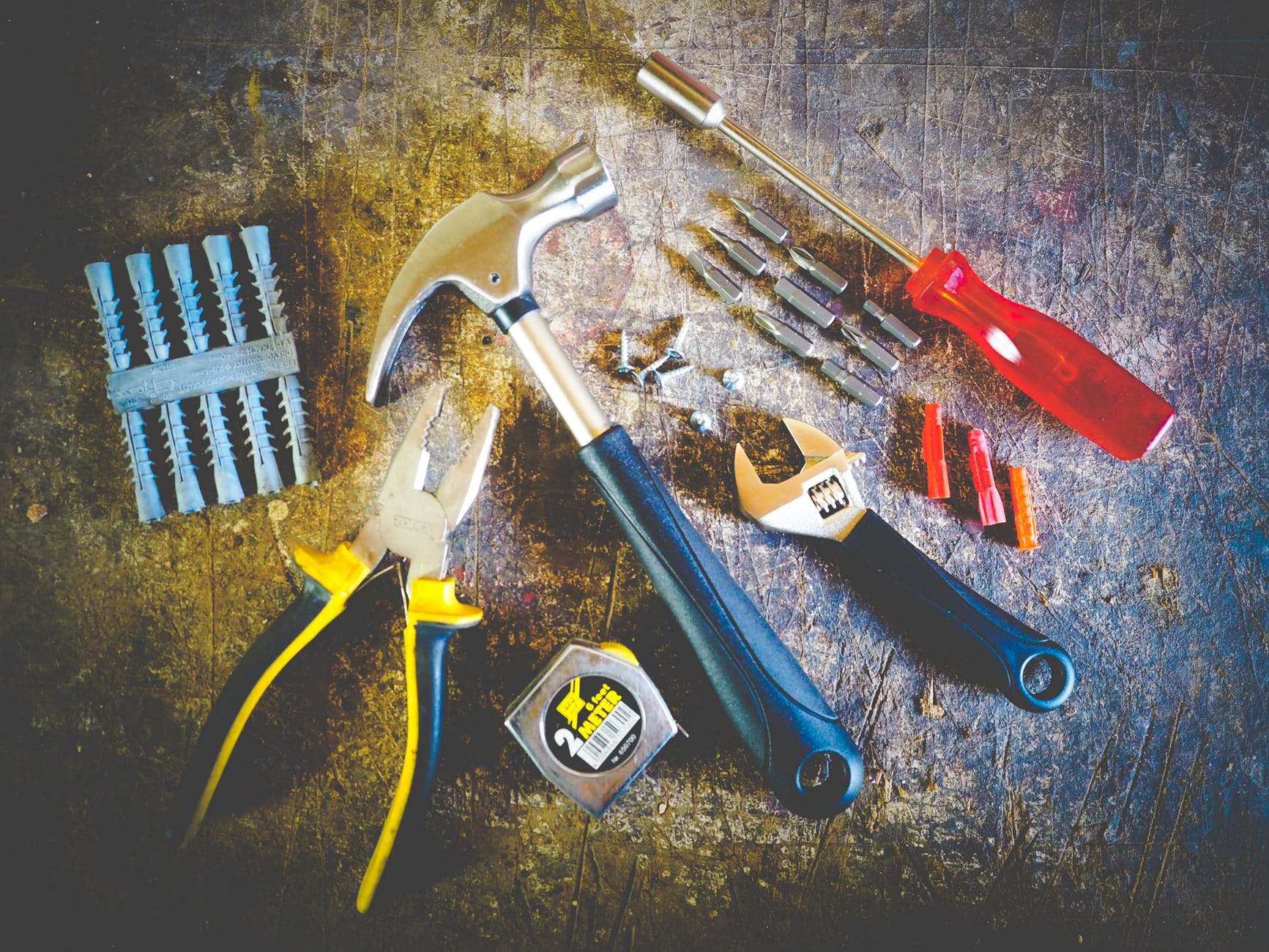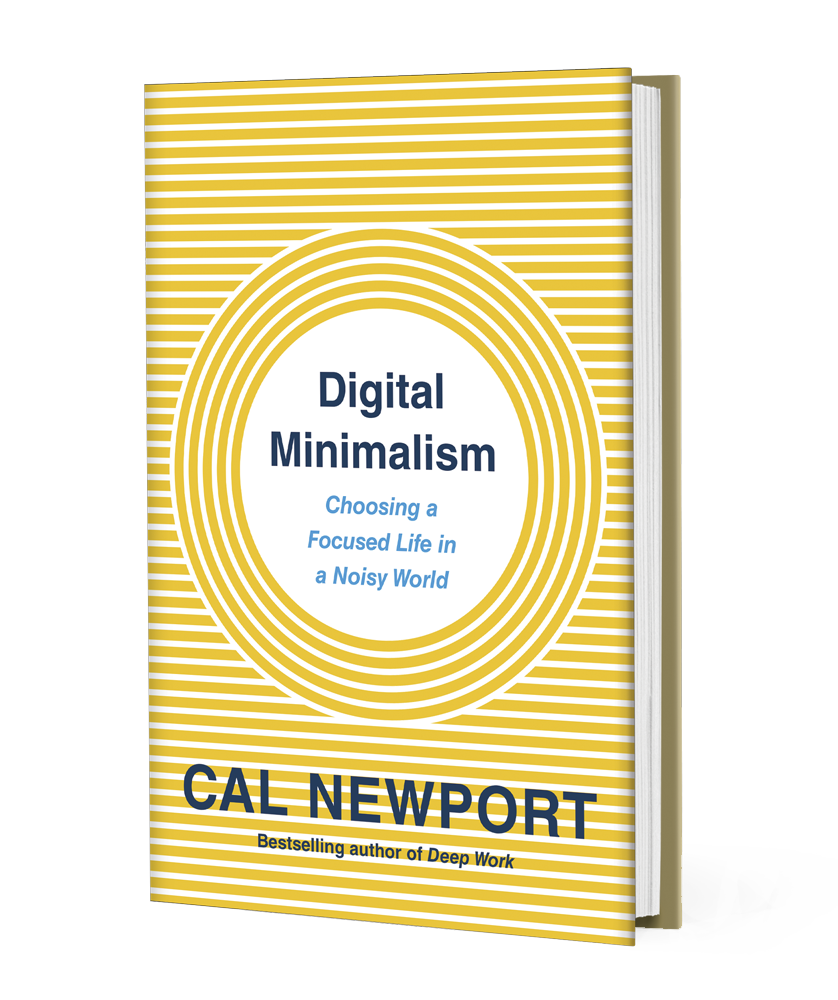
Critics of climate action or environmental justice often resort to calling those of us wanting a solarpunk future unrealistic or dreamers. They do this while saying that a liveable climate or dignity for everyone living here can only be achieved if we find away to make it square with the current dominant economic model. I think imagination is critical if we’re to come out of the other side of the climate crisis, but I don’t think we should be letting imaginary constructs stand in the way of saving real things like the biosphere.
Despite the spurious claims of social Darwinists, human society has been devised by humans, and as Ursula K. Le Guin said, “Any human power can be resisted and changed by human beings.” It isn’t set in stone. Adrienne Maree Brown has talked about how the status quo started in the imagination of someone. The economy and even money itself are fictions made manifest by collective belief. As Baratunde Thurston said, there is no inherent value to a piece of cloth with $1 inscribed upon it.
I really started thinking about this during the recent roller coaster regarding the Build Back Better bill and Inflation Reduction Act. I couldn’t grok how anyone could stand in the way of meaningful climate legislation over imaginary things like inflation and the economy. I wouldn’t say I was surprised, I just get so frustrated when people are telling me to be realistic when they’re trying to prop up a corrupt system built of smoke and mirrors as if “There Is No Alternative.” I’m not a big proponent of having a federal government, but if you do have one, then they should be addressing existential threats. This sort of nonsense would’ve annoyed me before, but, now that I have a kid, this kindled a rage for people who would purposefully endanger my child’s chances of having a liveable planet that I didn’t know was possible.

When faced with such entrenched opponents clinging to the last vestiges of a harmful system, we could try to face them head on and tell them the error of their ways. This is my first impulse, as someone who is quick to rush in when “someone is wrong on the internet.” However, I think solarpunk gives us a better way forward.
We could keep railing against the status quo and expend our energy there, or we can work to collectively imagine a better future and do the work to make our way there. That doesn’t mean there won’t be struggles, or that we shouldn’t ever confront oppression when we see it. It does mean that burnout (and failure) will come quickly if we only ever fight against things instead of for something. We need a future we can believe in if we’re going to end the harm of our present.
I’m planning to both imagine and build a better future. I hope you’ll join me.
If you’d like to support the blog, please consider supporting us on Comradery, a cooperatively-owned patronage platform.















